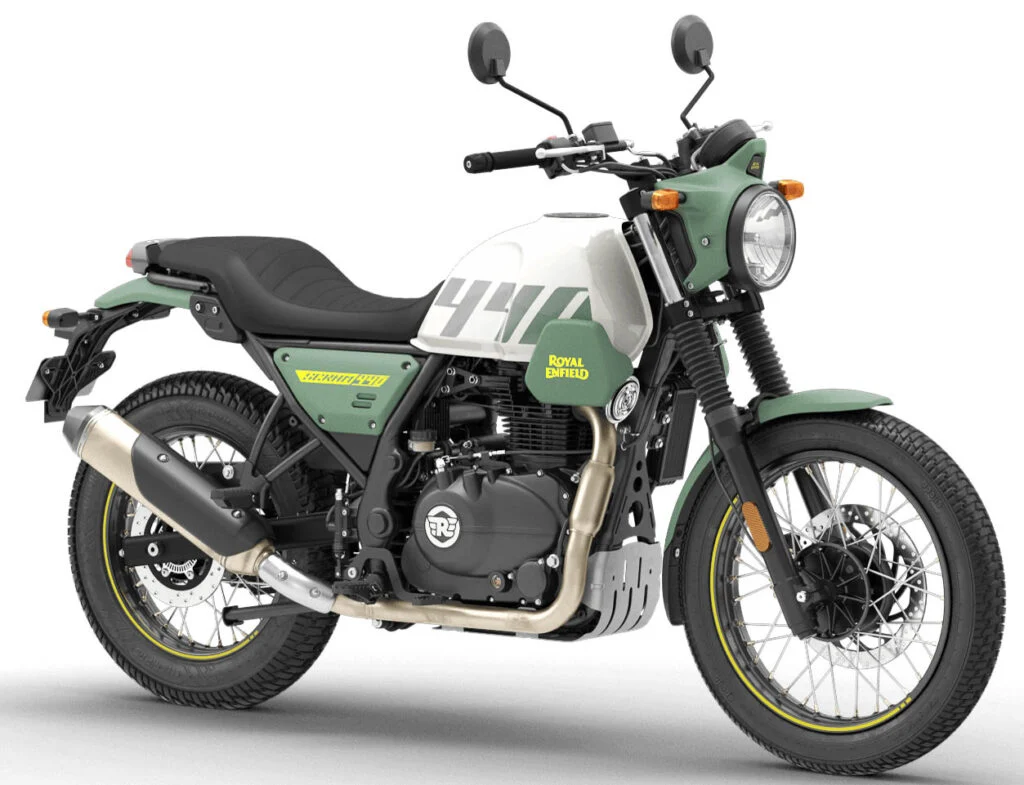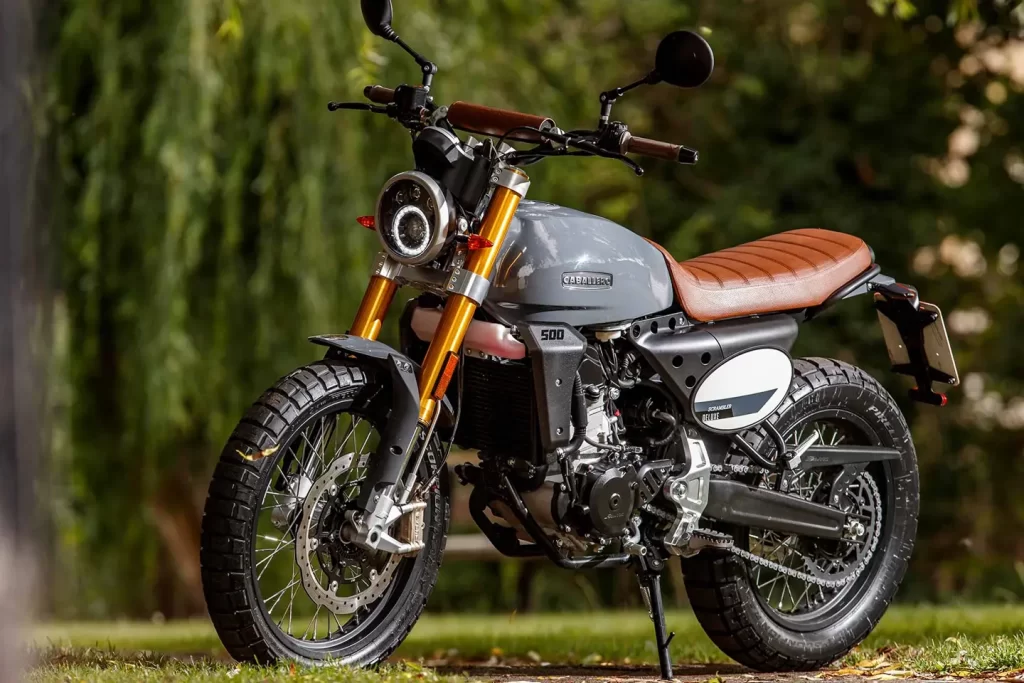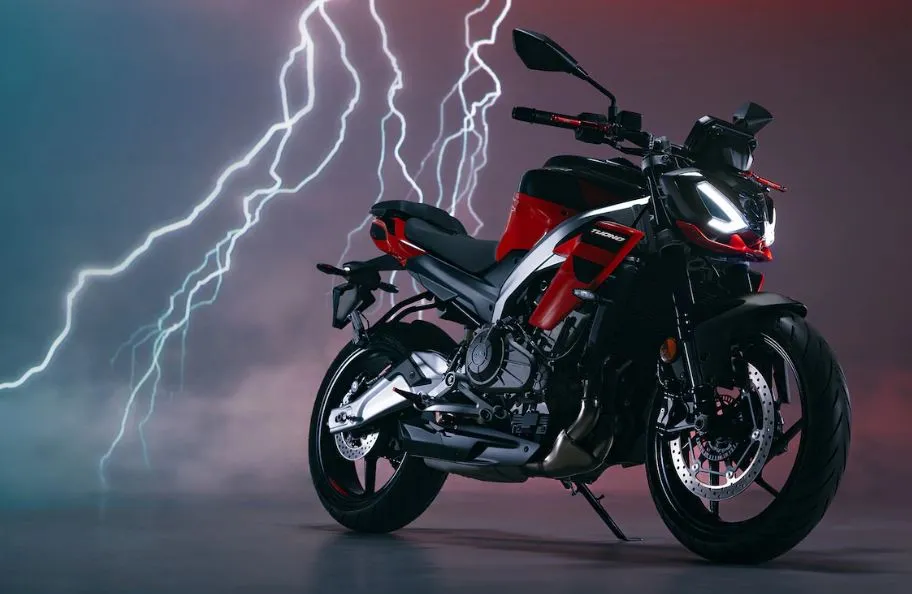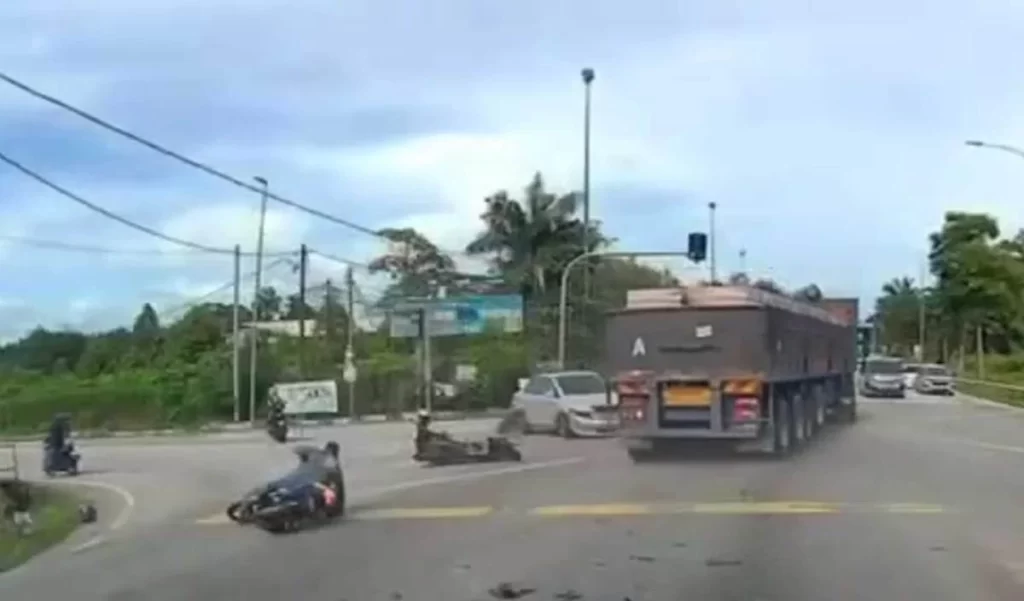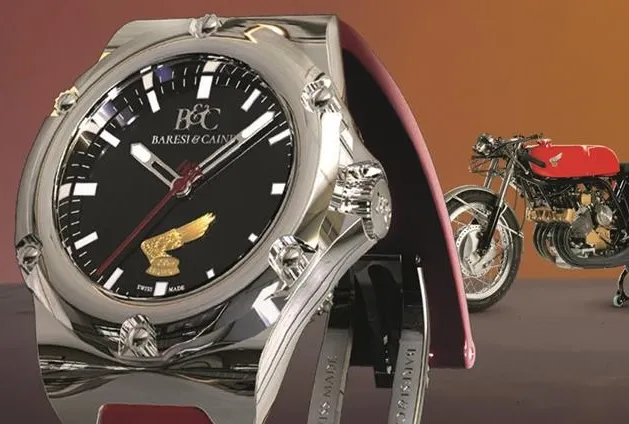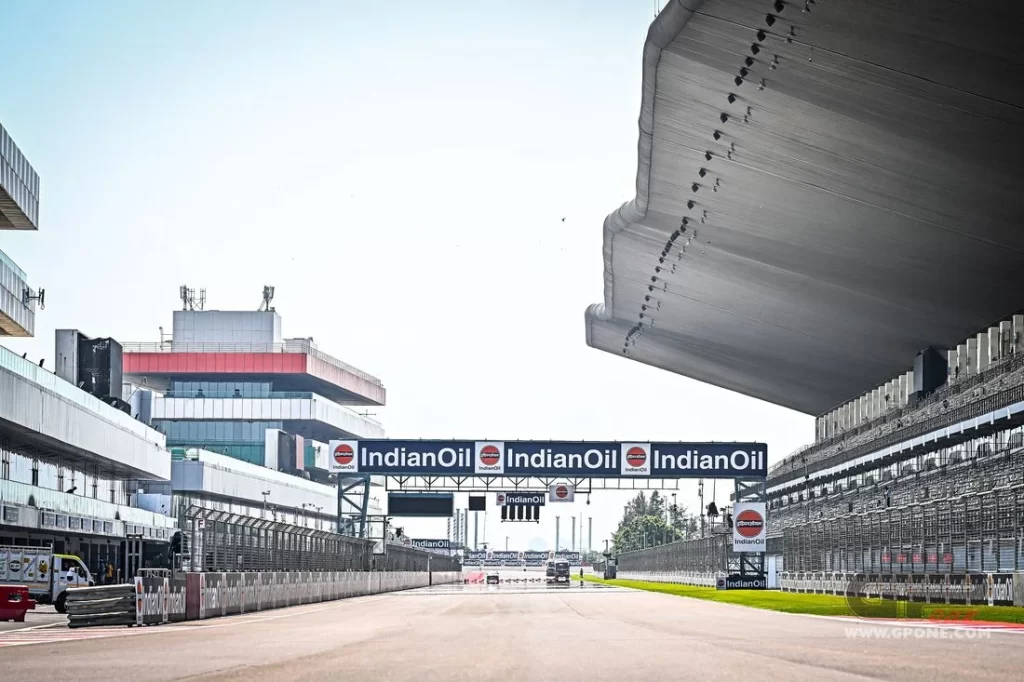-
Here are the next five riding tips from pro riders.
-
Pro riders started out riding using the same techniques as all riders.
-
Those basic techniques were then honed to fit the type of bike they ride.
Continuing from Part 1, here’s the conclusion to our feature Ten Riding Tips from Ten Pro Riders. As we wrote in the previous edition, motorcycle racing pros may have different riding styles but be aware that their riding techniques were honed from the same basics of motorcycle riding.
For example, Marc Marquez’s elbow dragging style was developed when he rode in Moto2. Jorge Lorenzo’s high mid-corner speed style was brought over from 250cc GP.
So here are the basics. We hope all of us (including us) could apply these lessons.
6. John Kocinski – “Scrub your tyres”
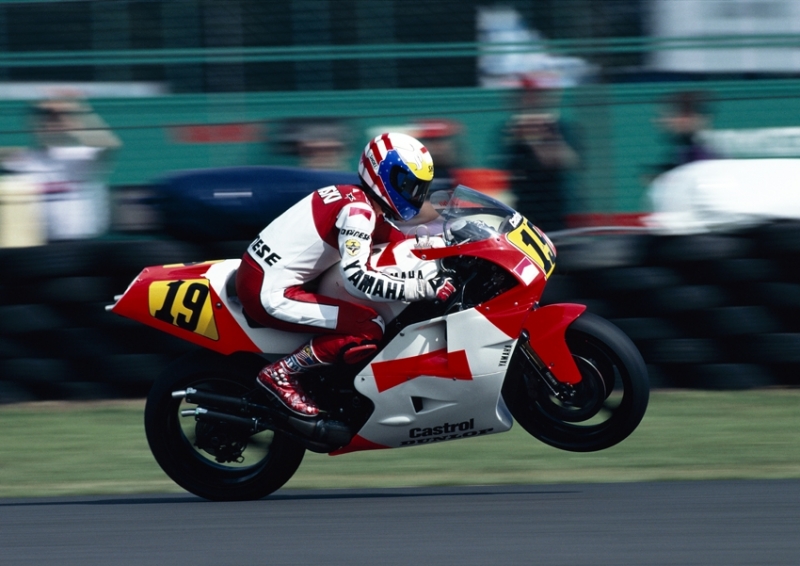
Pushing hard on new or cold tyres is, but John-Boy worked around them when he was racing in US before heading to the World 250cc GP. He’d show up on the grid on shiny, unscrubbed slicks then push the front a couple of times during the warm up lap. Kocinski would slide his tyres at will due dirt training taught by his mentor, Kenny Roberts Sr.
Always break in your new tyres and warm them up before you banzai through the very first corner you see.
7. Kevin Schwantz – “Look where you’re going”
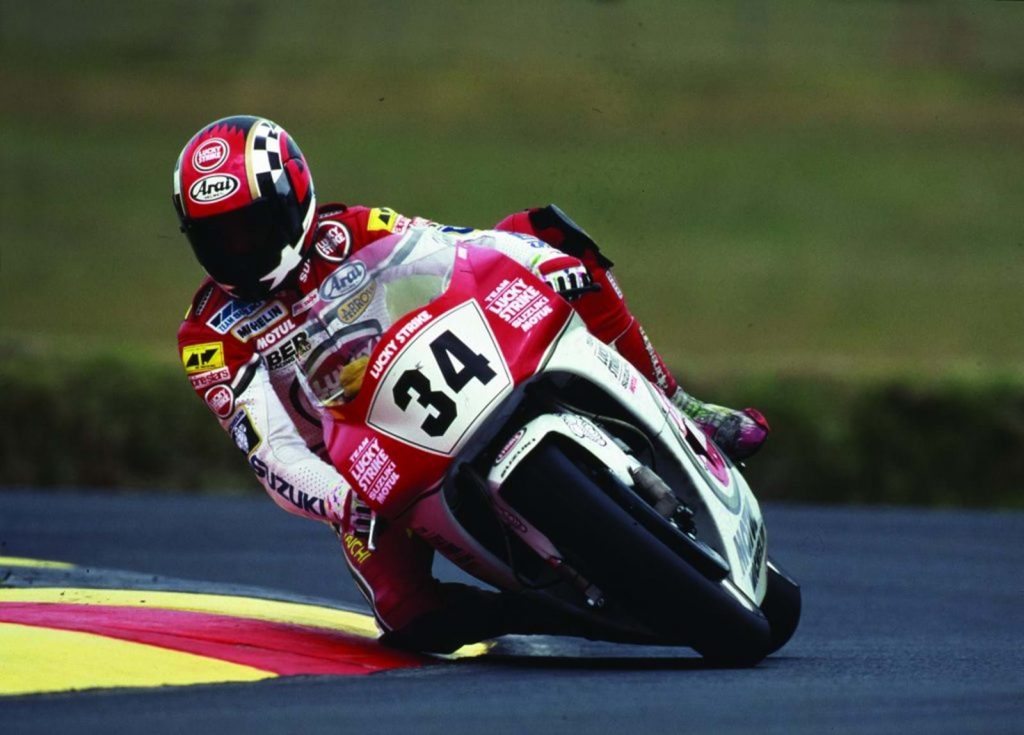
This may sound like a superfluous advice from one of the most popular GP riders, but let’s admit it: We will still stare at the outside of corner when we panic or the tyres slide unexpectedly.
The motorcycle goes where we’re looking, and we should keep looking towards where we want it to go, even when we feel it’s out of control. This technique is taught at every advanced riding school for a reason.
8. Keith Code – “Keep a wide view”
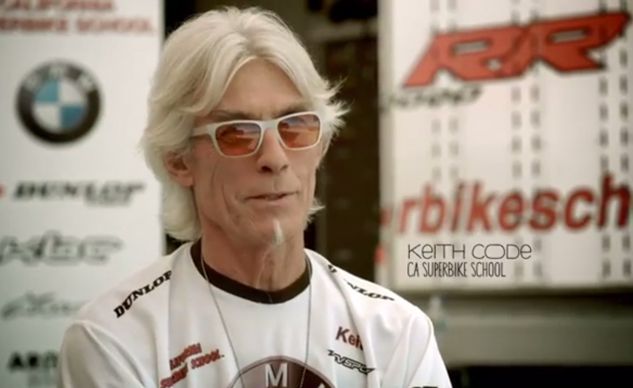
Speaking of “views,” Keith Code is the founder of the California Superbike School and his books, A Twist of the Wrist and A Twist of the Wrist Vol. II are considered the “bible” of how to ride a motorcycle around corners. His protégés included GP greats such as Wayne Rainey, Doug Chandler, among many others.
In summing up all the lessons he taught, he wrote, “All the best riding skills you have is only as good as your visual skills.”
Apart from looking towards where you want to go, we should also keep a wide view of the road ahead. “Keeping a wide view” means utilizing your peripheral vision to resist your view from tunneling down. As the name implies, “tunnel vision” is like staring down a toilet paper tube as your senses eliminate everything else to a narrow field of view of only what’s directly in front, usually at high speeds.
Yes, it’s thrilling because it’s like the view you get when the Millennium Falcon goes to light speed, but it’s downright dangerous on the road and track.
Tunnel vision fools us into thinking that we’re travelling much faster than we actually are and that “fake speed” will overwhelm us when we approach a corner or a hazard. On the track, we’d end up braking too hard, too soon and losing speed and consequently time. However, on the roads, coupled with target fixation, we could even think we’ve run out of brakes or road hence running wide or smashing into the hazard.
Conversely, keeping a wide field of vision “slows” things down, giving us a better sense of our surroundings, effectively opening up space around ourselves. On the road, it’s one of the most important safety techniques as we could anticipate other vehicles or hazards that are starting to encroach into our path.
9. Doug Chandler – “Don’t do anything”
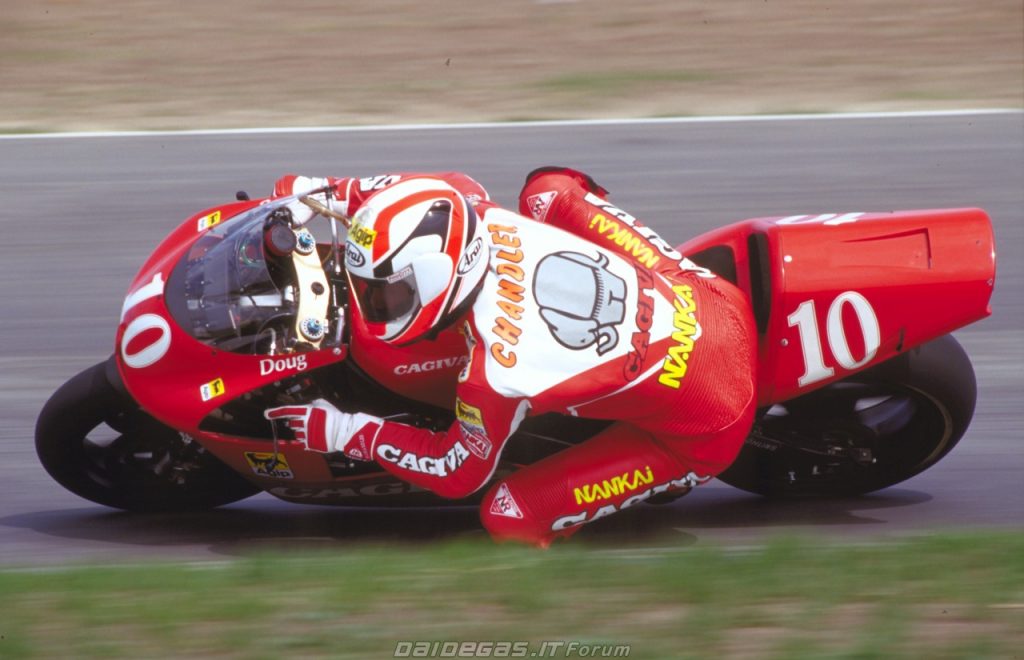
We understand the feeling. We’re sweeping through a beautiful set of corners and the suddenly, the rear tyre kicks out under us. Our instinct instantaneously shuts off the throttle and the rear end let go completely. There were times when the bike almost high-sided us.
Shutting the throttle abruptly when a tyre slides is against motorcycle dynamics and will cause a crash, more often than not. Learn from the pros: A sliding tyre isn’t the end of your riding.
As mentioned earlier, Doug Chandler came up through the American National Dirt-Track and supermoto championships before heading over to Superbikes and the world 500cc GP, so sliding around is second nature to him.
So, what should we do when our tyres slide? Nothing, according to Chandler. We just need to stop adding throttle, keep looking through the corner and maintain a relaxed body. Think of a sliding tyre as looking for a stable position because it will hook back up naturally. A sliding tyre will also slow down. Fighting the slide only exacerbates it as we are preventing it from carrying out its duty.
Of course, this takes some nerve, but nerves can be polished out by training. Controlling your instincts and slides are taught at Most Fun Gym.
10. “Use both brakes” – Dario Marchetti
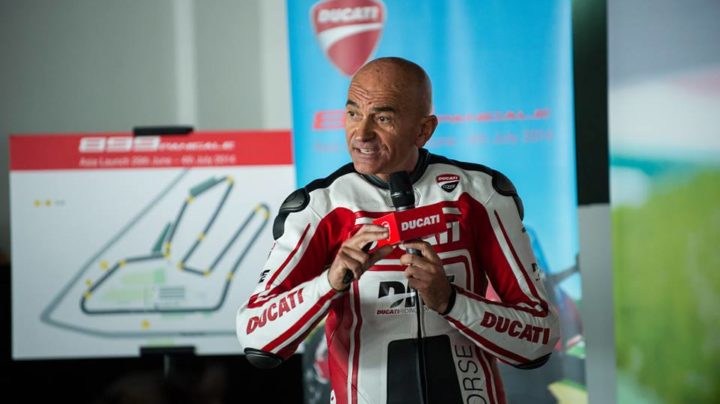
You may not have heard of his name, but Dario Marchetti is the Technical Director and Chief Instructor of the Ducati Riding Experience (DRE) Racetrack Academy. Having raced in 250 GP, 500 GP, Superbikes, Endurance besides winning at the Battle of the Twins on a Ducati at Daytona in 2004, 2006 and 2007.
He and his panel of DRE instructors include racing greats such as Carlos Checa, Manuel Poggiali and other regional champions.
Among many advices that he provides during the recent Ducati Panigale V-4 test ride at the Sepang International Circuit, he expounded explicitly on using both brakes. Using the rear brake together with front stabilizes the rear especially under hard braking. It’s a boon especially when the road condition is iffy or wet.
He also said, “If we don’t need to use rear brakes, Ducati don’t need to install one.”
He’s correct, because Ducati MotoGP riders Jorge Lorenzo and Andrea Dovizioso use thumb activated rear brakes on their Desmosedicis.





